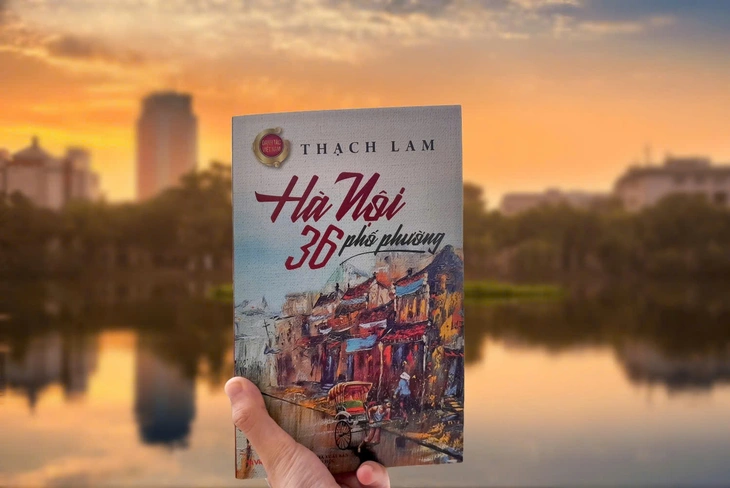
Cover of the book Hanoi 36 Streets , new edition of Literature Publishing House - Photo: MAI NGUYET
Among them, the book Hanoi 36 streets by writer Thach Lam, a classic essay published more than 80 years ago, is still a work that clearly reflects the elegant and sophisticated "soul of the streets" of the land of a thousand years of civilization.
Neither noisy nor magnificent, Hanoi 36 streets preserves Hanoi through the eyes of a child born and raised here.
The breath of Hanoi in the pages of Thach Lam's books
As a member of the Tu Luc Van Doan, Thach Lam chose his own path, not describing the flashy, nor heavily criticizing, but gently writing about the small, simple beauty in everyday life.
His writings are like peaceful memories: the night cries on Hang Bac street, the scent of early-season green rice from Vong village, or a cup of tea in the early morning... Thach Lam not only describes the scenery, but also evokes emotions, sounds, and rhythms of life so that each reader can see a part of their own memories.
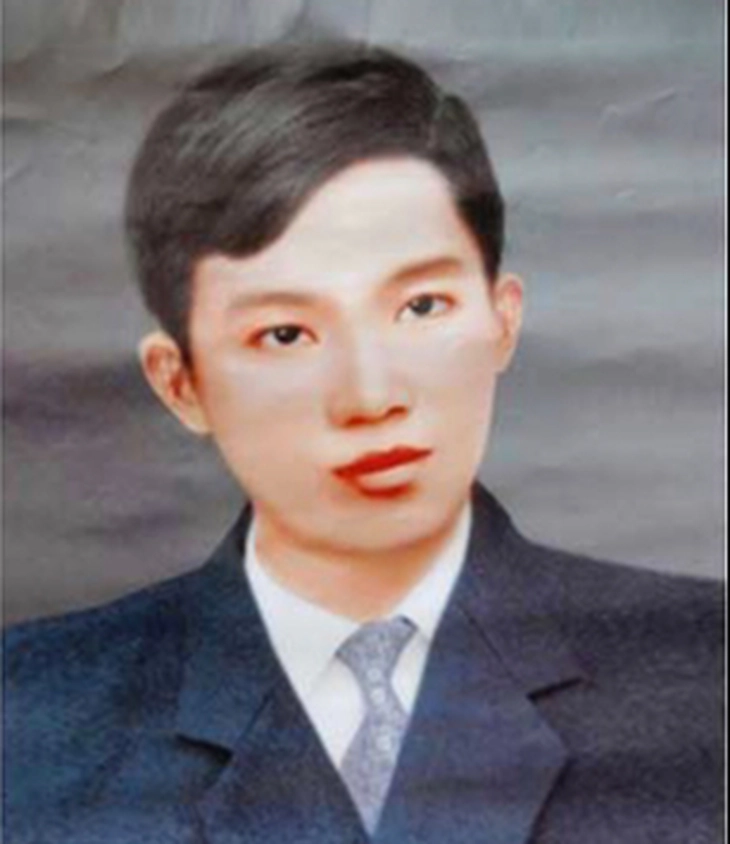
Writer Thach Lam
Among the simple dishes of the North, Hanoi bun cha appears as a symbol of simple sophistication.
Thach Lam once wondered: why do seemingly ordinary things like vermicelli, grilled meat, and herbs, when combined, create such a unique flavor?
He believes that the first person to come up with bun cha deserves to be honored as a creative artist, because he contributed to the world a "work" that is both rustic and elegant.
According to Thach Lam, the uniqueness of Hanoi's bun cha is not only in the grilled meat on fresh bamboo shoots or the noodles rolled in thin leaves, but also in the well-balanced dipping sauce.
And especially Lang basil, a vegetable that can only be grown in Hanoi, when brought to other places it will also turn into mint. It is these small details that create the delicate soul, the hidden charm that Hanoians are always proud to preserve.
In the book Hanoi 36 Streets , Thach Lam devoted many pages to the Tet atmosphere, from the preparation, when Tet arrives, until after Tet. Before Tet, the streets are bustling with people shopping, the smell of candies and incense spreads throughout the small alleys.
During Tet, Hanoi seems to slow down, street vendors are absent, replaced by the sound of firecrackers, laughter, and a feeling of reunion permeating every home.
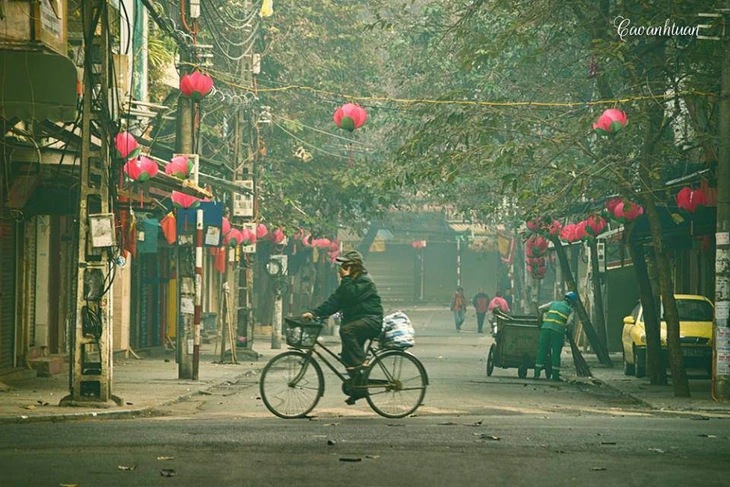
After Tet, he described a feeling of emptiness, when the streets were less bustling and people returned to their familiar rhythm of life: "The joy of Tet went away with the firecrackers that people swept away, never to return. And so a year has passed" - Photo: illustration
Hanoi 36 Streets is not only a collection of essays about the streets, but also a cultural and lifestyle document, reflecting the way Hanoians perceive beauty and behave in life.
The work also expresses profound humanistic thoughts: love for humanity, compassion for the poor workers, and belief in simple beauty.
The lasting value of a classic essay
In terms of art, Hanoi 36 Streets clearly demonstrates the delicate and humane writing style of Thach Lam.
He has the ability to "elevate the ordinary to the level of art", turning street vendors, gift shops, and ordinary workers into symbols of Hanoi's beauty, turning small things into symbols of collective memory.
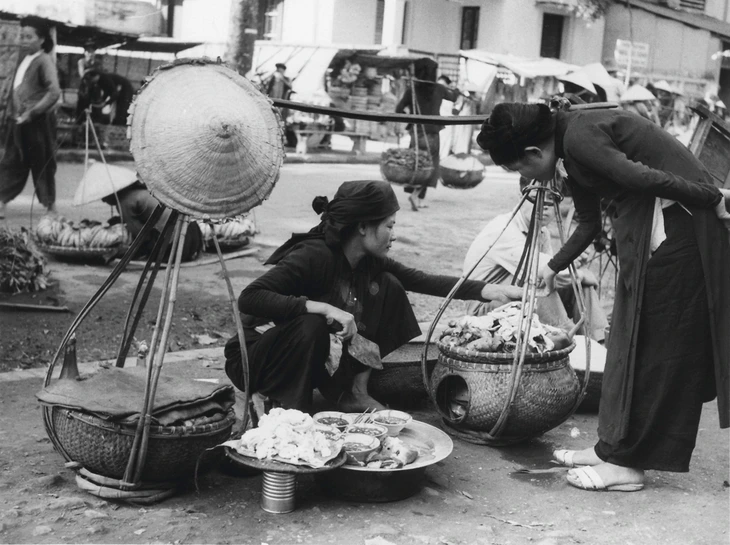
Whether writing about a pho stall, a tea shop or a street vendor, Thach Lam always looks at them with respect, considering them an indispensable part of Hanoi culture - Photo: illustration
During the literary period of 1930-1945, when many writers were absorbed in social reality, Thach Lam chose emotionalism, writing to preserve faith in humanity and beauty.
It is this gentleness that makes Hanoi's 36 streets still loved for more than eight decades.
The work is not only a literary portrait of the city, but also a symphony of memories.
In each page, readers can hear the temple bells, walk on the old streets, sounds and flavors that seem old but are still fresh in the minds of Hanoians.
The 71st anniversary of the Liberation of the Capital is not only a historical milestone, but also an occasion to remember that in every street, every tiled roof, the soul of Hanoi still remains.
The soul of the city in modern times
Published in 1943 by Doi Nay Publishing House, Hanoi 36 Streets includes 14 short essays, recording the typical activities, landscapes and flavors of Hanoi in the early 20th century.
71 years after Liberation Day, Hanoi changes every day: streets expand, high-rise buildings spring up, and the pace of life becomes more bustling.
The book becomes a link between the past and the present, reminding that the soul of the capital does not lie in concrete structures, but in the way Hanoians love, live and preserve their culture.
Hanoi 36 Streets is not only a literary work, but also a lesson in elegant and profound personality. It teaches us to appreciate the simple beauty around us, from the bowl of vermicelli soup at the alley entrance to the smile of a street vendor.
Source: https://tuoitre.vn/hon-ha-noi-van-trong-36-pho-phuong-cua-thach-lam-20251011005541945.htm


![[Photo] General Secretary attends the parade to celebrate the 80th anniversary of the founding of the Korean Workers' Party](https://vphoto.vietnam.vn/thumb/1200x675/vietnam/resource/IMAGE/2025/10/11/1760150039564_vna-potal-tong-bi-thu-du-le-duyet-binh-ky-niem-80-nam-thanh-lap-dang-lao-dong-trieu-tien-8331994-jpg.webp)
![[Photo] Discover unique experiences at the first World Cultural Festival](https://vphoto.vietnam.vn/thumb/1200x675/vietnam/resource/IMAGE/2025/10/11/1760198064937_le-hoi-van-hoa-4199-3623-jpg.webp)

![[Photo] Opening of the World Cultural Festival in Hanoi](https://vphoto.vietnam.vn/thumb/1200x675/vietnam/resource/IMAGE/2025/10/10/1760113426728_ndo_br_lehoi-khaimac-jpg.webp)














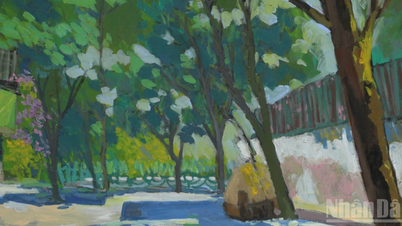
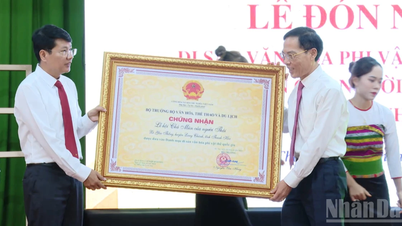














![[Photo] Ho Chi Minh City is brilliant with flags and flowers on the eve of the 1st Party Congress, term 2025-2030](https://vphoto.vietnam.vn/thumb/1200x675/vietnam/resource/IMAGE/2025/10/10/1760102923219_ndo_br_thiet-ke-chua-co-ten-43-png.webp)



























































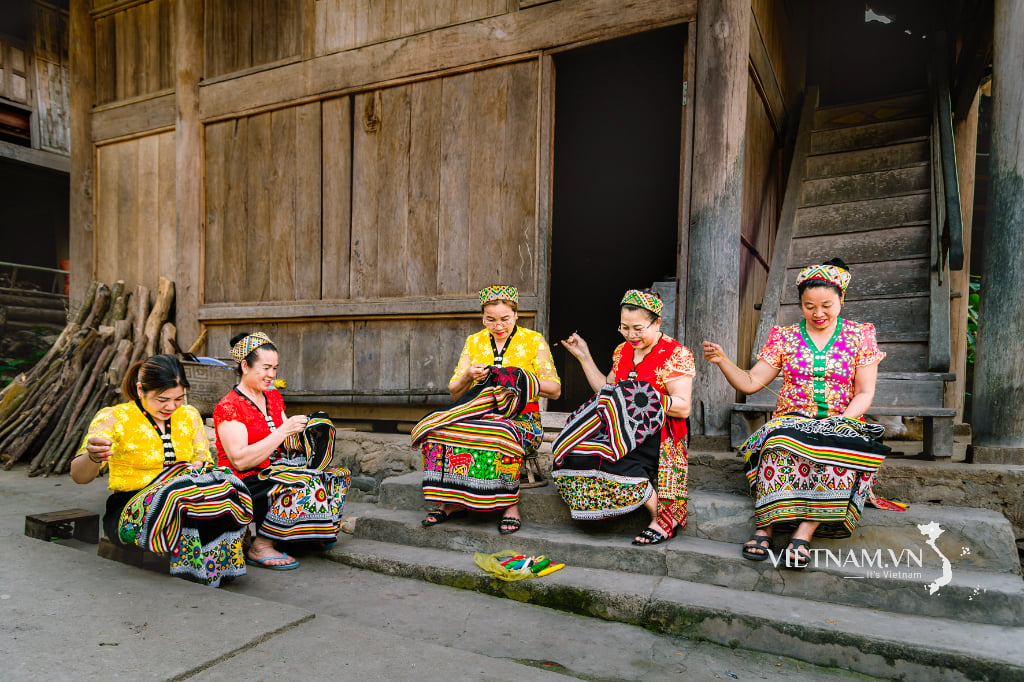



Comment (0)